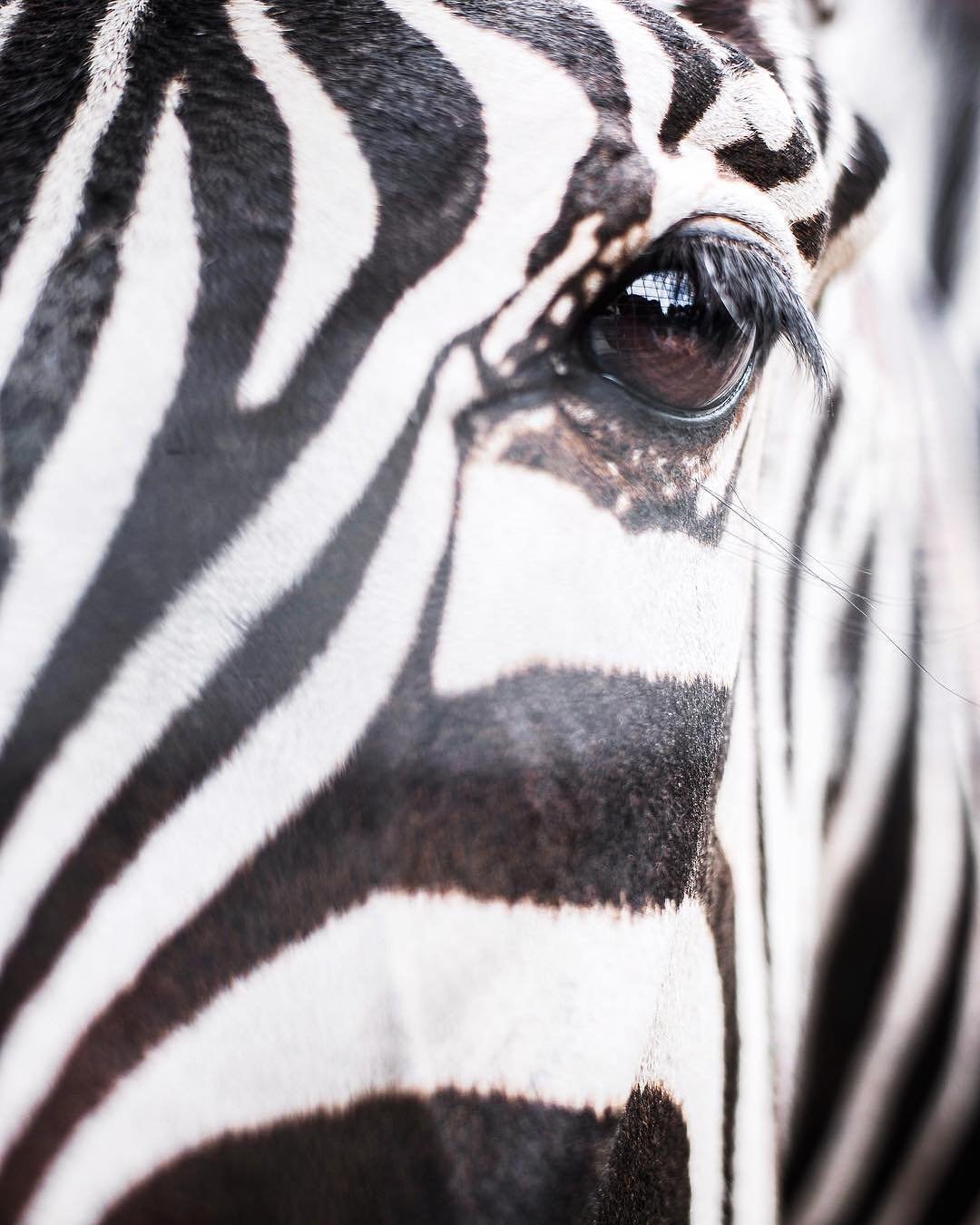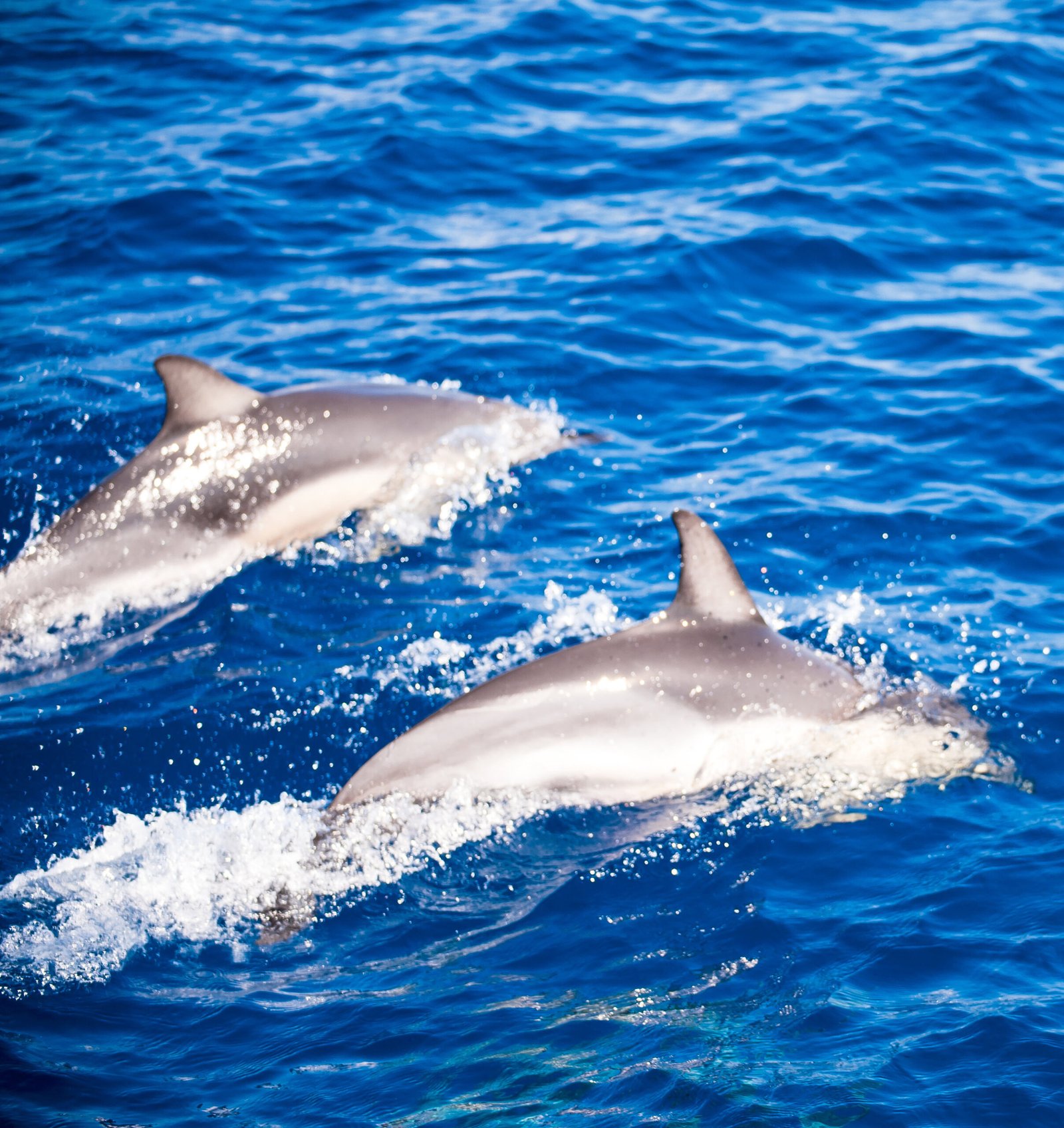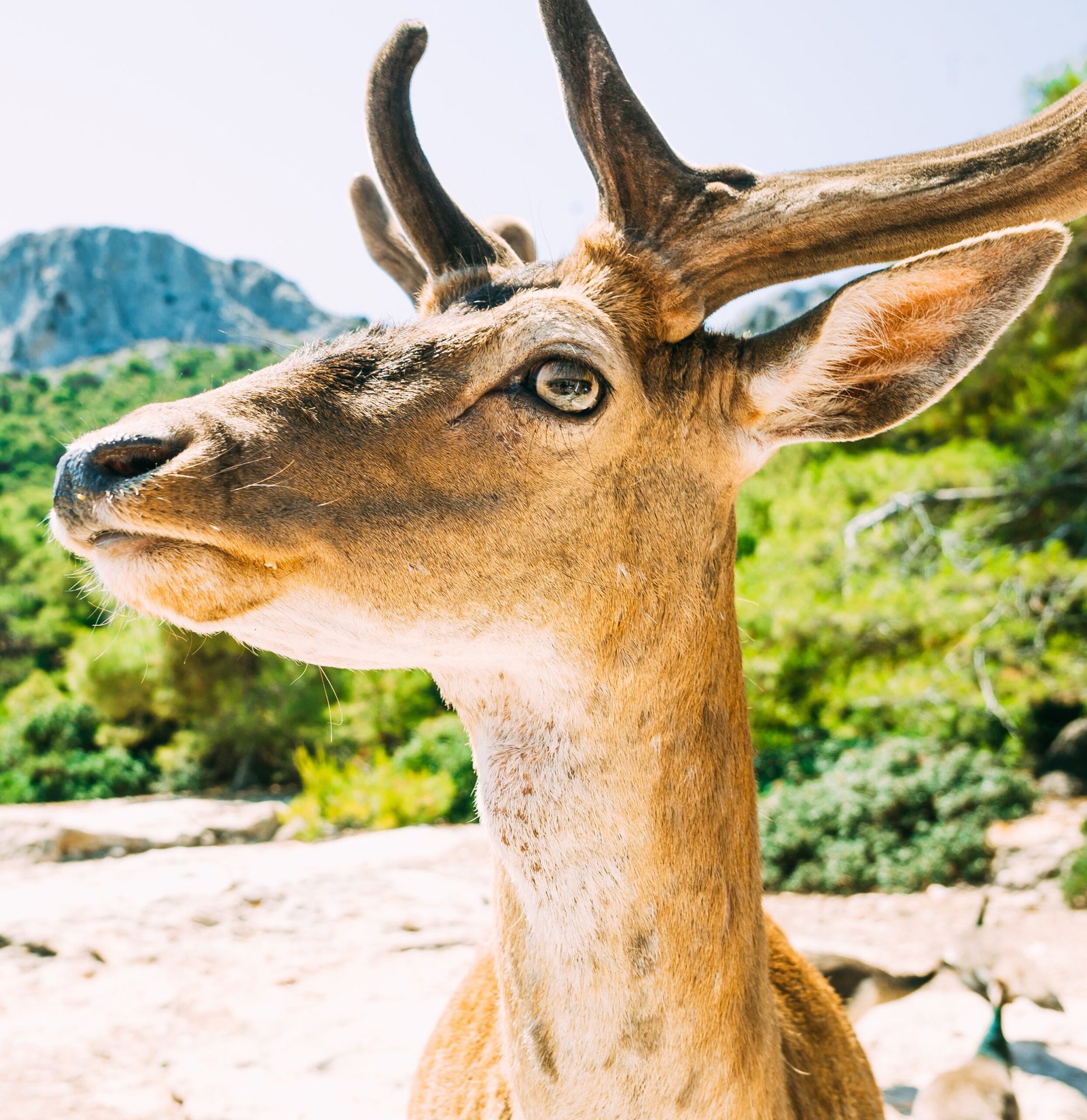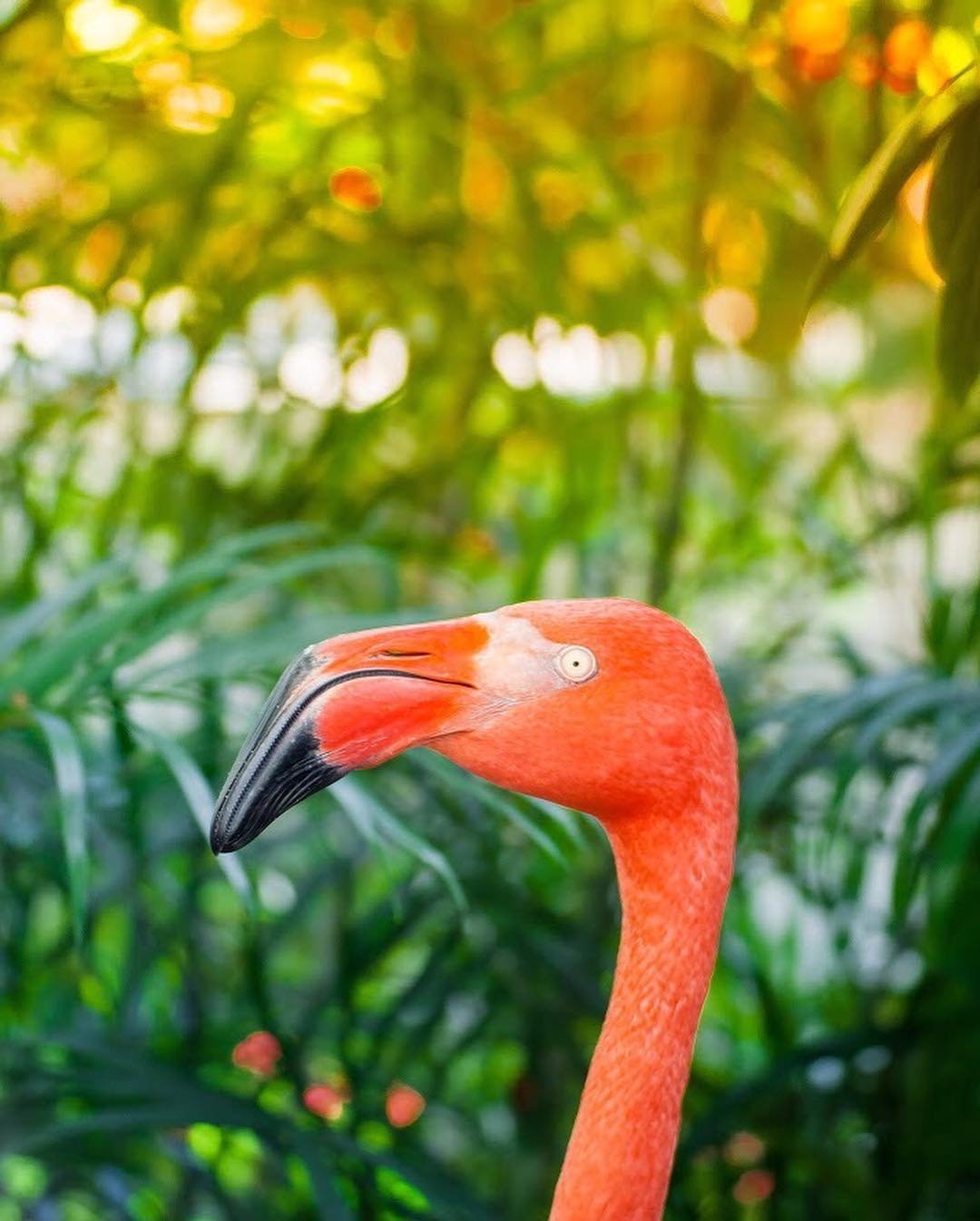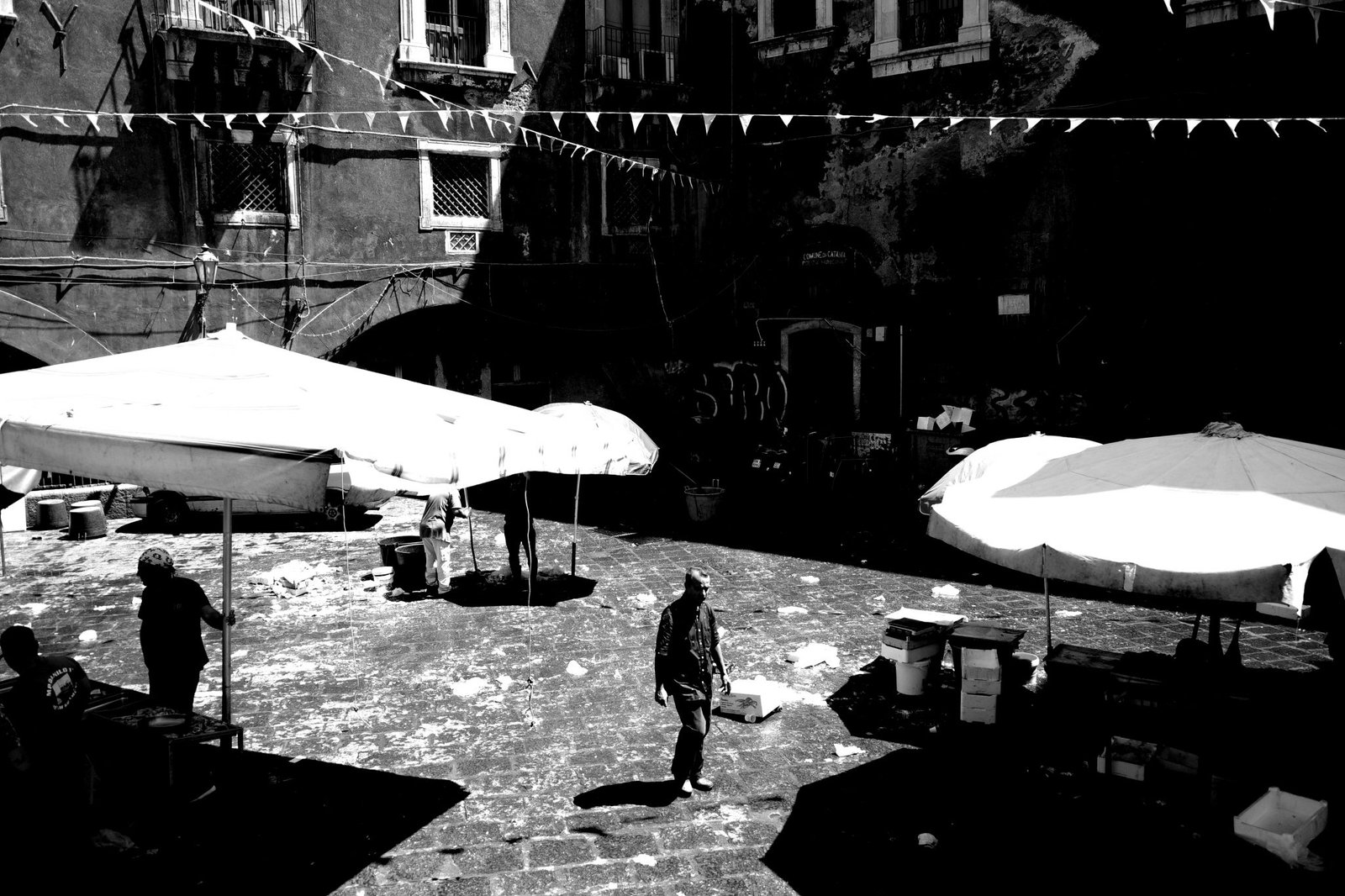Photography is a wonderful hobby, passion, and profession.
Few facets of the world challenge the skills of a photographer like animals in the wild. It can take hours to secure the right shot, and danger remains a constant companion. Avoiding those dangers while ensuring the perfect shot are tricky parts of the job, but with experience and knowledge, they can be balanced so that you, the animals, and your equipment remain safe.
Utilizing natural sources of light is one of the most important aspects of photography. This type of light can be a little tricky because it requires knowing the positions of the sun or the moon. If you encounter a snake during capturing the light, learn how to scare a snake away.
Along with heading out in person, camera traps, that is, cameras set up to take photos when sensors are triggered, have become increasingly commonplace.
These traps are useful because they can be set up for days, even weeks at a time. They can be equipped with night vision, too. The downside is that they don’t move, so they’re limited in lighting potential. Most people who set up such traps tend to use bait as well to lure animals to sniff around. Smarter animals tend to notice the cameras and might be wary of them, or provide some interesting close-ups. Whether from a trap or your hands, it’s important to remember the basics of photography. Lighting is key, especially in natural settings where your control of it is limited. You can’t turn off the sun, after all, but you can take your pictures in the morning, evening, or when it’s cloudy if the sun gives you trouble.
As for the animals, sometimes finding them is a struggle. For instance, if you’re going out in person to search for a fox, visit wildlifepest.org to learn if foxes are as dangerous as you think. The answer is generally no, but better safe than sorry. However, game trails can be dangerous if you don’t take precautions, but water routes like riverbeds and rarely trekked paths tend to be safer options. It can depend on where you are and what you’re looking to photograph, as most predators tend to avoid humans because we have a tendency to shoot them. Traps are excellent for game trails because of the minimal risk to your person.
Getting back to traps, if you do use one, make sure it’s sturdy and as secluded as it can be while still achieving great angles. As mentioned, smarter animals can detect the traps, but if you do a good job of hiding them and keeping them out of danger, the cameras can still obtain some excellent shots. Remember, camera traps are often left alone for long periods of time, so make sure it’s set properly and securely, or you might come back to a broken mess.
Above all, wildlife photography requires patience. Whether waiting for a trap or taking the pictures yourself, it’s important to wait and not get restless or antsy. Don’t fiddle with the traps if you don’t have to, and don’t constantly move around if you’ve set up what feels like a good spot. Moving around now and then is fine, but sometimes you need to wait for nature to settle down and get used to you.

